So you want to start a farm. You’ve got the green thumb, the know-how, and the gumption to grow your own food. Now you’re ready to start selling it. Buying a little piece of land and starting a farm is the dream, right?
Speaking as someone who is in the middle of transforming a young farm into a profitable enterprise, I can tell you that it’s not just a matter of simple hard work. It takes planning, investment, complex decision-making, back-breaking work, and deep dedication.
In my experience, there are three essential elements to running a successful farm: land, start-up capital, and access to markets. The first step to starting a farm is to get a clear picture of how you will leverage these elements. This starts with formulating a comprehensive business plan and budget.
Writing A Business Plan
One of the biggest mistakes I see aspiring farmers make is that they forget that while a farm is a lifestyle, it is also a business. Making a farm profitable requires planning and business savvy. Luckily, there are lots of resources to help you write a sound business plan.
There are online templates, webinars, and articles full of advice. Additionally, local universities and non-profits can be an incredibly beneficial resource. Many institutions offer workshops on business planning and some agricultural support organizations offer business workshops specifically for farmers.
There is lots of advice on what to include in business plans. I find that the most important thing about a business plan is that it functions as a guiding document for you. Eventually, you may want to focus on polishing you plan in order to present it to someone else, but that is not the primary reason to have one.
A business plan for a new enterprise is beneficial for a few reasons. It reminds you of your inspiration and priorities, your short-term and long-term goals, and your timeline for projections and budgets.

Everyone’s business plan looks different, and it’s important to customize yours. The most important element of my business plan is a detailed 5-year sales and expenses projection. It’s flexible, given that I update it regularly to reflect changes in our business.
Other elements may be helpful, especially for a beginning business. Those include a start-up budget, a mission statement to keep you focused, and a list of 1/3/5-year goals. Additionally, a personnel statement and a document of educational resources for when you get stuck can really come in handy.
Keep in mind that your business plan is a living document. It will change and evolve as you refine your vision and streamline your operation. It should always serve you first, and all other purposes second.
Finding The Best Land To Farm On
Agriculture, by its nature, requires some access to land. The amount of land you need is directly related to what kind of farm you want to have, and how much money you want to make from it.
The trade-off generally goes like this:
- Direct market: diversified vegetables are the most profitable per acre, but they need the highest input of human labor hours. Direct market also requires you to be close to a town or city that will pay you a premium for those crops.
- Wholesale vegetable operation: The next most profitable per acre. Growing grain or field crops like corn and soy is moderately profitable per acre, and requires less time. However, being competitive in the modern market often requires a large investment and costly machinery.
- Livestock: Animals tend to be the least profitable per acre, but the most profitable per human hour worked, with poultry being an exception. Livestock requires a large investment in land and animals up front, and variable investment in infrastructure depending on the size of the operation you are running. Conveniently, livestock doesn’t take much labor.
Part of your business planning process should be considering these options and deciding which is most accessible for you. Once you’ve decided how much land you need, you can go about searching for it. If you are trying to start a small CSA, it is very feasible to rent land on which to grow a quarter acre or more of vegetables. I know of farms which have been operational for decades that still rent most or all of their land.
Keep in mind that it can be difficult to find landlords who will be tolerant of livestock farming and ranching. My partner and I found that running a pig farm was next to impossible as tenants, which drove us to buy our own property. Depending on where you live, you may have the option of running livestock on public land.
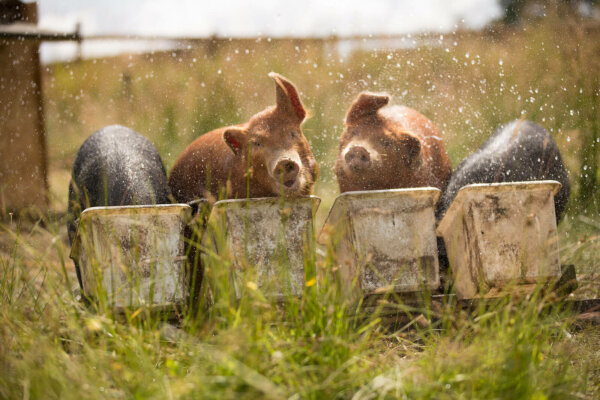
It’s common in many parts of the western United States for ranchers to own very small pieces of property and run their cattle on federally owned land. That, of course, comes with its own challenges. Contact your local Conservation District for more information on public range land in your area.
Some resources you can use to find the right piece of land to rent include Craigslist ads, wanted postings at the grocery store, or word of mouth. Finding land to buy can be more of a complicated game. Farming is an aging industry, and many farmers are looking to retire and turn their land over to a new generation.
The majority of farmers would rather see their land inherited by someone else who will continue to work it, rather than a developer who will turn it into suburbs. Many farmers are willing to owner-finance and support young farmers. However, their financial situation may be limiting.
Finding these people can be challenging. There are lots of online resources for listing farm properties, although many of them are regional, like Tilth Alliance, which serves my state, Washington.
Related Post: Biodynamic Farming: What It Is and Why Do It
It is very likely these resources also exists in your area. Do a Google search, or ask other local farmers and members of the agricultural community what resources they know about. And of course, make friends wherever you can because word of mouth is always your best resource.
Even after you’ve found a piece of land, there are still a few things to consider.
First, what is the type and quality of the soil? Check out the national soil survey, which is a great resource.
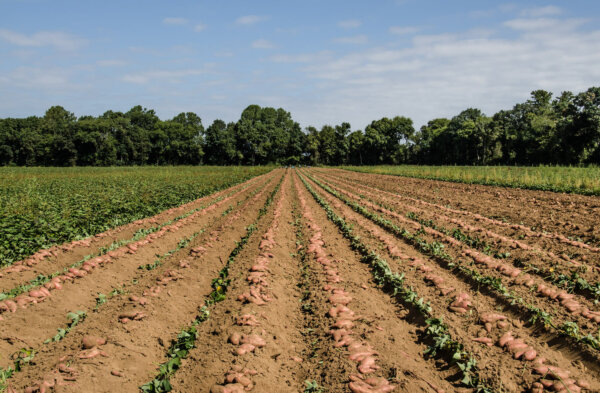
Second, how much does soil quality and composition matter? Depends on what you want to grow. Check out our article on soil science to find out some of the details on why dirt matters.
Third, how much water is there on the site and are there irrigation rights? How close are you to markets where you want to sell your product? If you are renting, what kind of modifications will the landlord let you make like building fencing and putting up greenhouses? What kinds of pests and predators are endemic to the area? These are just a few of the things to consider when looking for your ideal piece of land.
Building Start-up Capital
I once toured a state-of-the-art malting facility started by a retired Silicon Valley worker. Someone on the tour asked him what his secret was to starting a successful business in the agricultural field. He replied that the trick was to start with 3 million dollars. And although he was being comedic in a kind of obnoxious, unhelpful way, to some extent it’s true. The more money you can invest up front, the more profitable you will be more quickly. That’s just the nature of the game.
Starting a farm looks different for different people and the amount of investment capital required varies. Buying 50 chickens costs about $125 whereas buying 50 head of cattle is likely to cost upward of $50,000. You can get a used tractor for under $10,000 on Craigslist, but if you want to spring for the newest model, you could easily end up spending several hundred thousand dollars. Typically, the best course of action is to start small and leave yourself room to grow. Be intentional in your business plan. Aim yourself toward that goal, but be realistic about how much you can afford to spend up front.
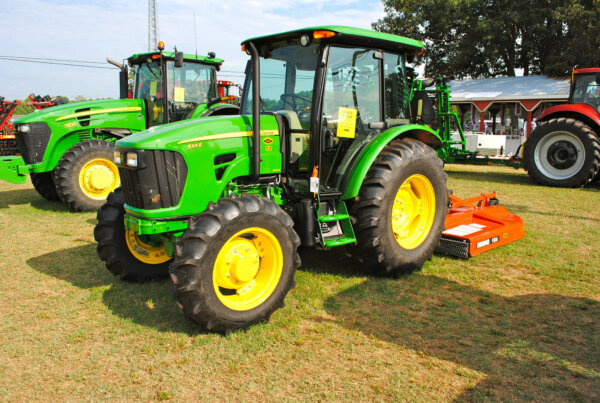
Obviously, lots of money is hard to come by, especially in an industry like agriculture. Conventional banks don’t really understand and are suspicious of supporting agriculture with loans. Given this situation, there are specific farm loan resources available.
This includes some federal loans through the Farm Service Agency and through businesses like Farm Credit, which specializes in lending to farmers and ranchers. These lenders understand the unique challenges, financial and otherwise, of working in agriculture. There is also the possibility of finding a private investor, or even crowdfunding.
Some business commentators have recently buzzed about investment in agriculture, which has sparked a renewed interest and willingness to get financially involved. There are lots of unconventional options as well.
And when they say don’t quit your day job, believe them. The vast majority of farms rely on off-farm income for part of their revenue, and typically creditors are willing to recognize that income when considering making a loan.
Markets
Once you have a place to grow food and the money to get started, to get a return on your investment you need to be able to sell your food for profit. This is another place where business planning comes in handy. Since so many farm products are perishable, it’s important to know where you are selling your lettuce before you have it wilting in your waxed boxes.
Types Of Business Models
There are many different models for selling food of all kinds. To get an idea of which will work best for you there are a few factors to consider. These factors include the price point you need to break even and be profitable, your ability and willingness to hire employees to staff markets, and how much people in your area are used to paying for food.
One of the most common models for small beginning vegetable farms is the CSA operation. This is where community members buy a share of weekly produce. While this market model requires a larger investment of time on the farmers part, it typically yields the highest price point per item sold.
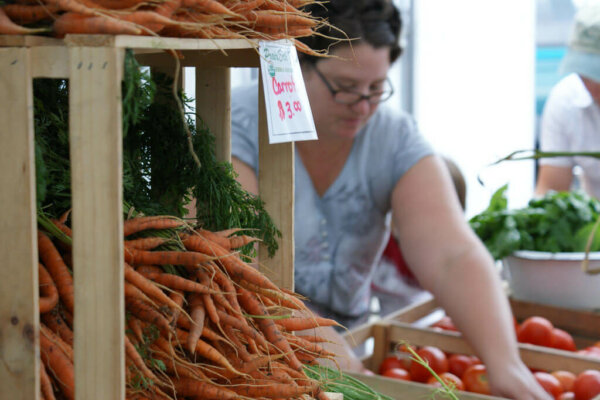
Other options include wholesaling to a store, restaurant, distributor, or a local co-op. Keep in mind that you need to be willing to sell at a lower price point. Sometimes this will involve jumping through corporate hoops, filling out paperwork, and potentially updating your insurance policy. Yet, it can be worth it to have a steady way to sell your product that is generally low hassle and doesn’t involve much time commitment.
For selling other items like milk, eggs, cheese, and meat, most of these options still exist, although specific regulations may vary from state-to-state and industry-to-industry.
In planning your marketing strategy, keep in mind the culture of the area you will be selling in. Often, organic and sustainable farmers have to do lots of education and outreach to teach people about why it’s worth paying the extra money for a product direct from the farmer.
Be prepared to stand behind the quality of your product and demand the price you know it’s worth. As with all elements of business planning, be ready for responding to change and new data with flexibility. If a market isn’t working, don’t be afraid to leave it and find something better. Dropping your prices dramatically not only harms you, but also makes it impossible for other farmers to sell alongside you. It creates a race to the bottom and lowers the value of all good food in your area. Other farmers near you will not be happy.
That’s important, because the last and most important element to a thriving, successful farm is finding mentors and community to help you. No matter how experienced you are at farm work, starting your own farm is going to challenge you in ways you never imagined. It’s vital to have experienced people and supportive friends or family around you to give you advice, pick you up when you fall, and cheer you on when things go well. You do compete with other farmers in some areas, but a strong farming community helps all farmers in a region thrive.

Keep in mind that if you get stuck there are plenty of places to start looking for help. There are many resources aimed directly at beginning farmers including federal programs, farm incubators, non-profits like Beginning Farmers, and the National Young Farmers Coalition.
Additionally, the Washington State Department of Agriculture puts out a small direct farm handbook, fondly called the green book, which is a great resource for farmers in all states, although some parts of it touch specifically on Washington policies. Check out your own State’s Department of Agriculture to find similar resources and information on local regulations.
Most importantly, behind each of those resources are real people who understand the challenges and joys of farming. They are often more than happy to take a little extra time out of their day to give you a word of advice or support. Other places to look for professional resources include your local University extension service, a farm store, or your County Conservation District.
Take time to go to regional conferences and social events aimed at farmers. In some places in America, granges are still lively social hubs. In the busy, stressful, and often isolating life of a farmer, nothing is more important than finding a way to connect with people when you need them. Take time to make meaningful relationships that you can fall back on when you need them.










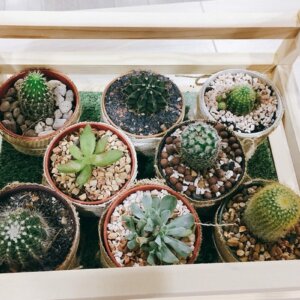













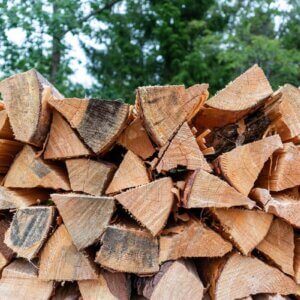
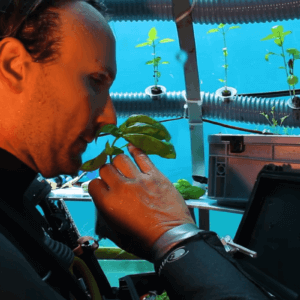




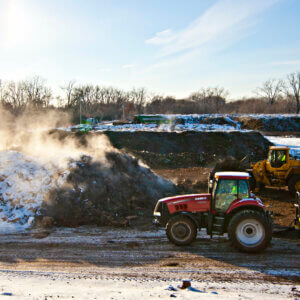









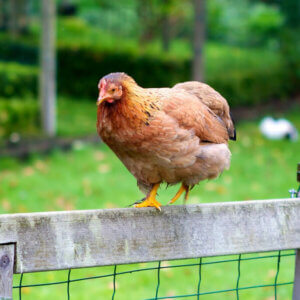

Hi, this article is great! I am looking to start a small farm on a piece of land I acquired a few years back. Who knew that writing a business plan is part of the planning. Your article literally steered my plans back on track.